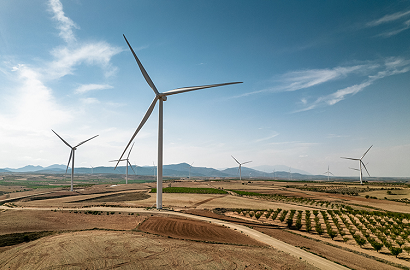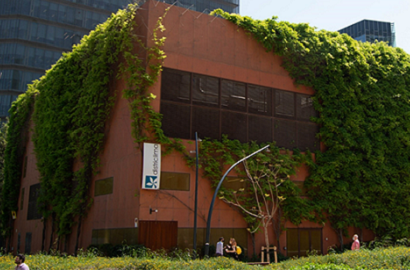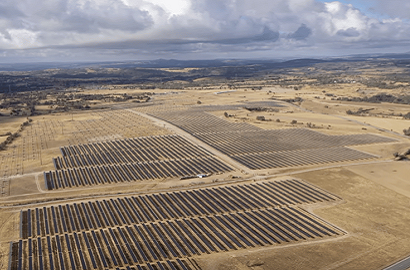Wood to develop Spain's major green hydrogen project for CIP

Catalina will have a 500-megawatt electrolyser that will produce 84,000 tonnes per year
The Copenhagen Infrastructure Partners (CIP) fund has selected UK engineering firm Wood to develop a major green hydrogen facility in Spain. The Catalina project, to be built in Monegros (Teruel), plans to produce up to 84,000 tonnes of this sustainable fuel per year.
The ambitious project, which is expected to meet 15% of Spain's current hydrogen demand, will have an electrolyser with a 500-megawatt peak capacity. It will be powered by 1.5 gigawatts of purpose-built wind energy and solar energy.
Spain's energy transition
Wood will develop the entire project from its offices in Spain and the UK. Its President of Process & Chemicals, Giuseppe Zuccaro, says Catalina “is setting a global standard for large-scale green hydrogen production projects and will support Spain's energy transition journey”. As he explains, the company will be able to combine its specialisation in hydrogen, its ability to execute complex projects and its strong presence in the region.
The Teruel project is one of five large-scale green hydrogen projects currently being developed by CIP in Europe. The fund, which has a portfolio of seven gigawatts of renewables in Spain, first announced the launch of the Catalina project in February 2022. Right from the start, the Danish fund formed an alliance with Enagás, Naturgy, Fertiberia and Vestas.
Green ammonia plant
According to information shared by the consortium, Catalina will connect Aragon and Sagunto (Valencia) via a 221-kilometre pipeline that will transport green hydrogen to supply a state-of-the-art, newly built green ammonia plant operated by Fertiberia, with an annual capacity of 200,000 tonnes. The factory will produce 100% emission-free and sustainable fertilisers.
The hydrogen produced in Monegros will also be used to decarbonise other industrial processes and will be integrated into the natural gas grid. When fully operational, it will avoid the emission of up to 2.5 million tonnes of carbon dioxide per year.
The partners estimate that, until the project is commissioned, more than 5,000 jobs will be created in Aragon and Valencia during the development and construction phase, including indirect jobs and jobs created via a knock-on effect.
Photo: CIP




